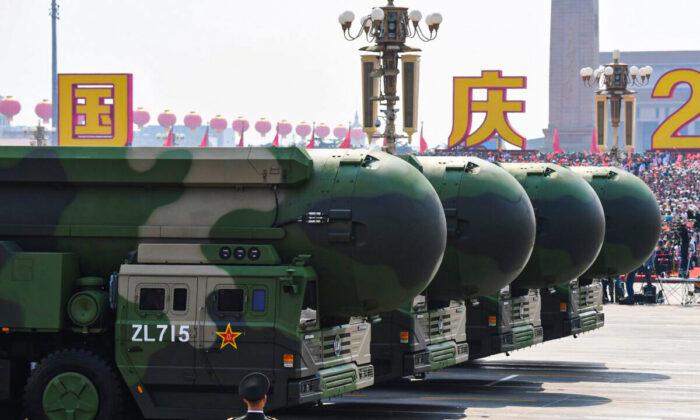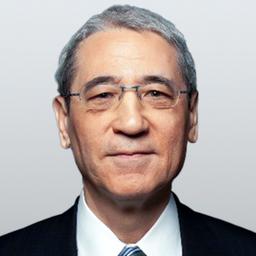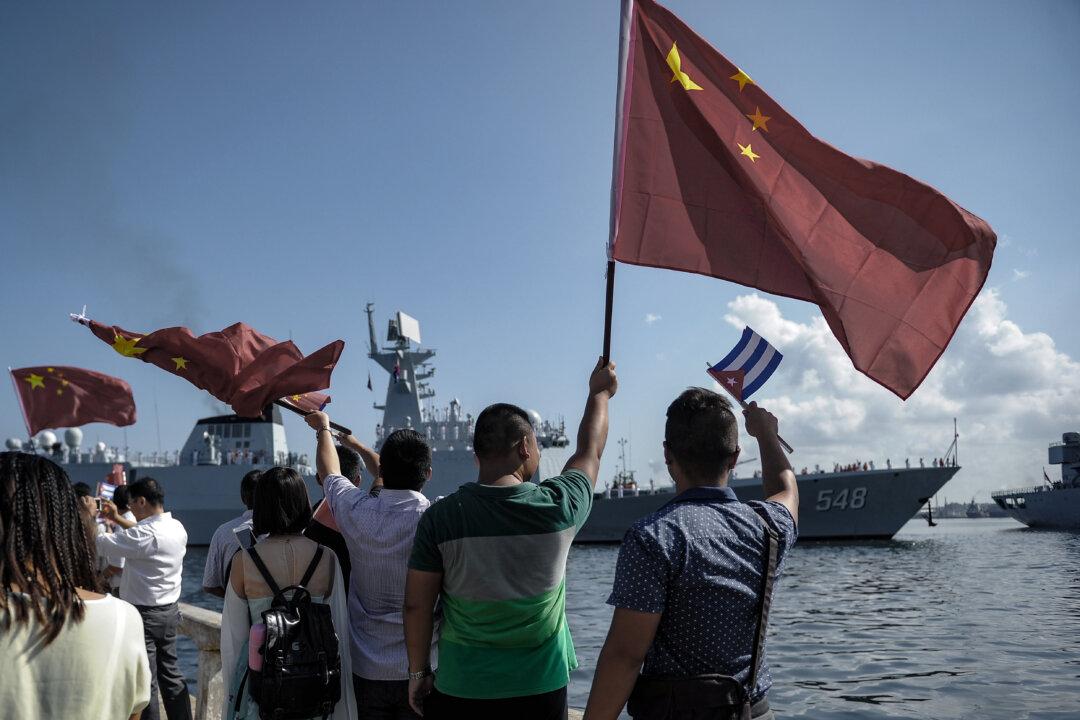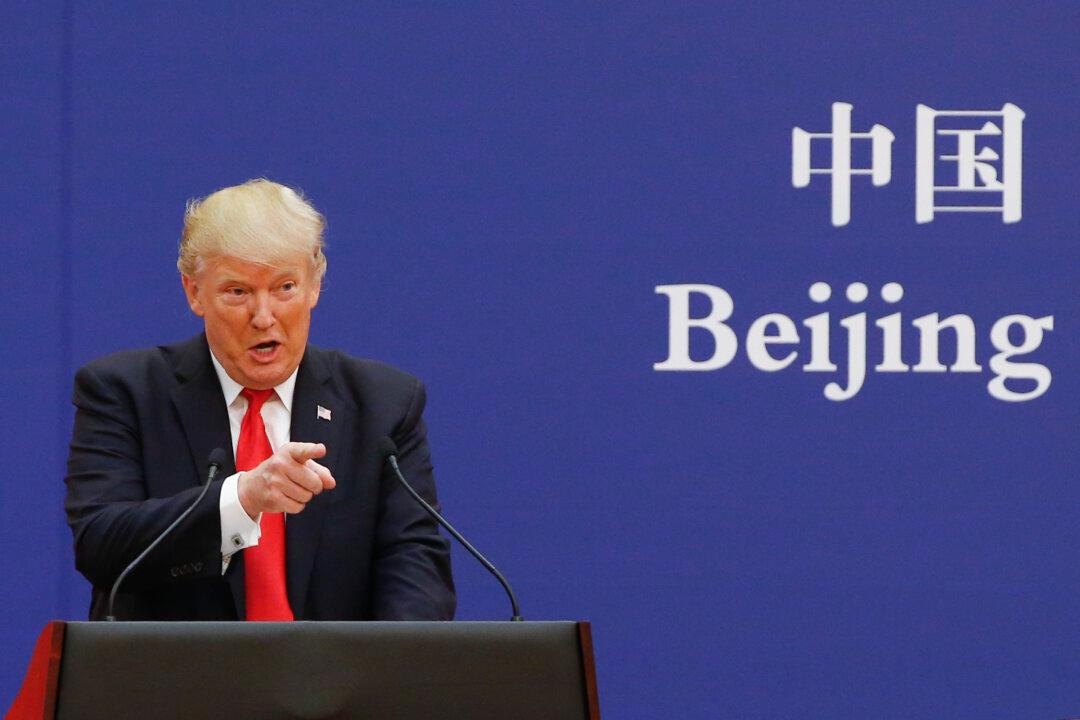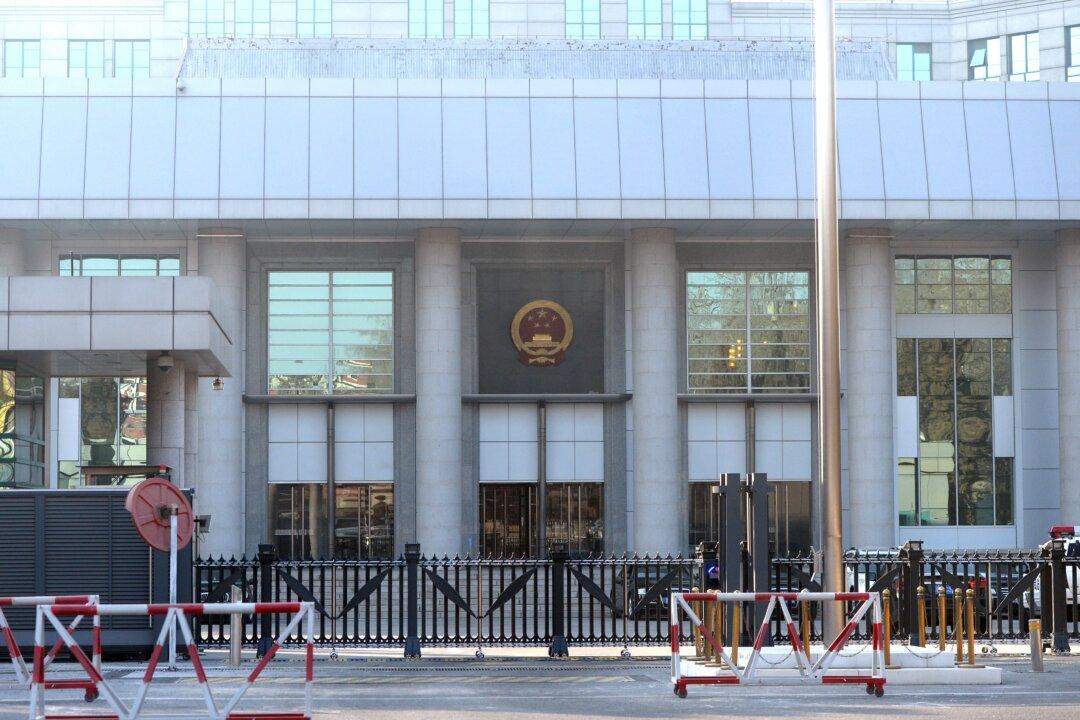On May 1, on Russian TV, the media executive often called “Putin’s mouthpiece” urged the Russian president to launch a Poseidon underwater drone with a “warhead of up to 100 megatons.”
“This tidal wave is also a carrier of extremely high doses of radiation,” Kiselyov pointed out. “Surging over Britain, it will turn whatever is left of them into radioactive desert, unusable for anything. How do you like this prospect?
“A single launch, Boris, and there is no England anymore,” he said, addressing British Prime Minister Boris Johnson.
The program noted that a missile launched from Russia’s Kaliningrad enclave would take 106 seconds to hit Berlin, 200 seconds to reach Paris, and 202 seconds to obliterate London.
The NATO designation of the Sarmat is “Satan II.”
Russia has a nuclear doctrine known as “escalate to deescalate” or, more accurately, “escalate to win,” which contemplates threatening or using nuclear weapons early in a conventional conflict.
It cannot be a good sign that Russia, China, and North Korea at the same time are threatening to launch the world’s most destructive weaponry.
Why are the planet’s most dangerous regimes all making such threats?
First, Putin showed the world these warnings in fact intimidate. As Hudson Institute senior fellow Peter Huessy told me in March, escalating to win assumes nuclear threats will “coerce an enemy to stand down and not fight.” Because the Western democracies have largely stood down and are clearly not fighting in Ukraine, Beijing and Pyongyang want similar successes.
Second, Putin and Chinese ruler Xi Jinping could make such threats because they don’t respect nations perceived as enemies.
“Like Vladimir Putin, the Communist Party of China has lost its fear of American power,” Richard Fisher of the Virginia-based International Assessment and Strategy Center told me shortly after Russia’s invasion of Ukraine. “China’s nuclear threats expose the Party’s arrogance in the face of perceived American weakness, expose the risk of the lack of a U.S. regional nuclear deterrent, and expose the inadequacy of U.S. leadership.”
Third, internal considerations may make such threats easy to make. Many say the most dangerous moment since World War II was the Cuban Missile Crisis of October 1962. Perhaps even more perilous was the Checkpoint Charlie standoff in Berlin the preceding October. Yet both Kennedy and Khrushchev knew there must never be a nuclear exchange. The issue today is whether Putin and Xi know that as well. Maybe they don’t.
These threats may reveal that the leaders of these regimes share a last-days-in-the-bunker mentality. Both Russia and China, albeit in different ways, are ruled by regimes in distress, which means their leaders undoubtedly have low thresholds of risk.
Whatever the reason for the threats, Putin and Xi have told everyone what they intend to do. Unfortunately, Western leaders are determined not to believe them.
In line with Western thinking, presidents and prime ministers have almost always ignored nuclear threats, hoping not to dignify them. Unfortunately, this posture has only emboldened the threat-makers to make more threats. The later the international community confronts belligerent Russians, Chinese, and North Koreans, the more dangerous the confrontations will be.
The world, therefore, looks like it is fast approaching the worst moment in history.
